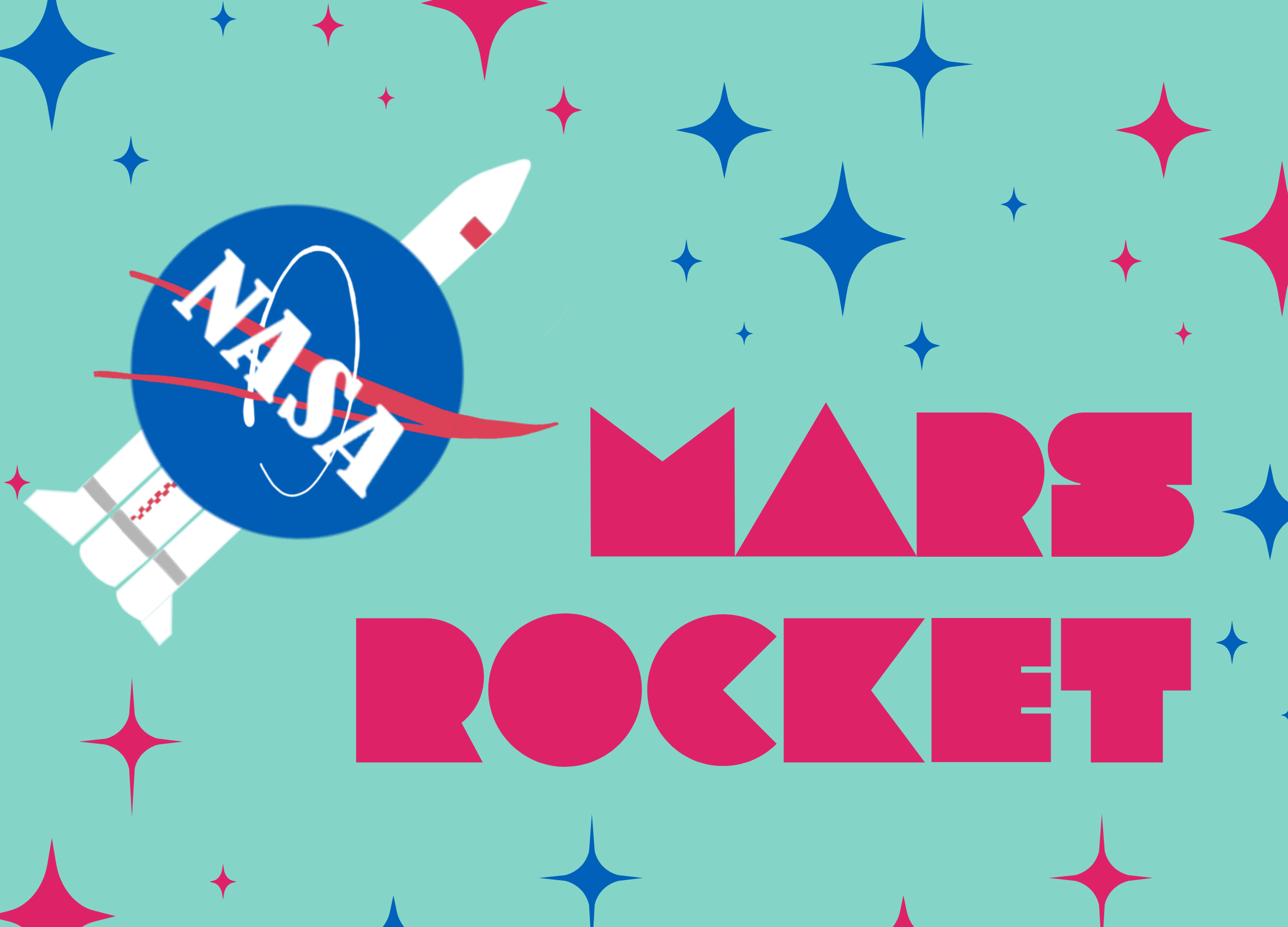Edited by: Dominique Samantha, Uday Lingampalli, Jason Liu, Blogged by: Sahithi Lingampalli
As Earth reaches its human carrying capacity, researchers have been searching for new planets to start settlements, in order to prevent human extinction. One of the most suitable planets for this is Mars, as it has the ideal temperature, gravity, and water along with similar day/year lengths. SpaceX has been working on a rocket to send to the Moon and Mars. On May 5, 2021, one of their prototype rockets, called SN15, landed successfully in Southeastern Texas.
SN15, one of the versions of Starship, was the fifth attempt SpaceX made. The fourth attempt, SN11, exploded as it was landing on Earth, shooting shrapnel on a nearby beach. The third attempt, SN10, was able to land vertically on Earth as planned, but exploded soon after. SN8 and SN9, the first two attempts, were also unsuccessful with crash landings in December and February. SN12, SN13, and SN14 were never made as the company knew SN15 would be a significant change from SN11 in terms of technology and success. SN1 through SN7 were design prototypes that were scaled down and not launched into space.
To send astronauts to the moon and Mars, we need to reuse the rocket in the future. To be able to reuse the rocket, a new technique of landing was required for Starship. It would descend horizontally, like a skydiver paralleling the ground and spreading out fins for balance. When it was approaching the ground, it would rotate back into a vertical position and land standing up. Compared to the previous attempts at Starship, SN15 also had variations in its electrical systems and engines to be successful.
SpaceX was also given a contract of $2.9 billion by the National Aeronautics and Space Administration (NASA) as part of NASA’s Artemis program. In the next decade, SpaceX was planning to give a different version of Starship to send astronauts to and from the International Space Station (ISS) and the Moon. However, this contract has been put on hold, as rival companies Blue Origin and Dynetics protested against it.
SN15 is just the beginning. SpaceX’s founder Elon Musk plans to include over 30 engines on the final Starship, much higher and stronger than the 3 engines that have been used on SN15. He plans to launch Starship into orbit within the next year. Success in doing so will allow humans to test out new technology, research biology on other planets and moons, and possibly live on Mars.
References
Mars One. (n.d.). Why Mars, and not another planet? - A Mission to Mars. Retrieved from Link.
News Wires. (2021, May 6). SpaceX successfully lands Mars rocket prototype on fifth try. France 24. Retrieved from Link.
Wattles, J. (2021, May 5). Success! SpaceX lands Mars rocket prototype for the first time. WAPT. Retrieved from Link.
Wattles, J. (2021, May 6). Success! SpaceX lands Mars rocket prototype for the first time. CNN. Retrieved from Link.
Chang, K. & Roston, M. (2021, May 5). SpaceX Successfully Lands Prototype of Mars and Moon Rocket After Test Flight. The New York Times. Retrieved from Link.

